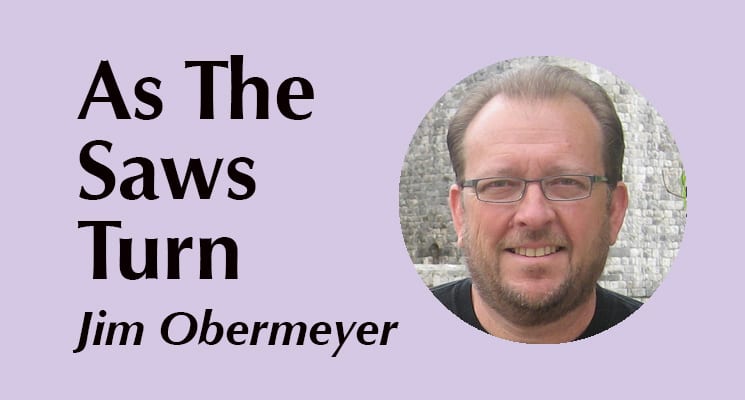by Jim Obermeyer
My wife and I have been married close to 40 years, and we dated and were engaged for another five years prior to that (we started when we were two…). And for that entire time, she has been a nurse. Operating room, intensive care unit, pre-op and post-op, at a variety of major hospitals in Kansas City, St. Louis, Indianapolis and Chicago.
For this entire period, I have gotten to hear her stories of what goes on in the units where she worked. Most of it has been interesting to hear. But only about half of it I understand. Part of the problem is that she talks in her own language—the language of the medical professional. And if you’re not one of those, a lot of it goes right over your head.
I used to think it was just her profession that had their own language; words and acronyms that only a trained medical person could understand. My thought was that it made perfect sense; it gave them a way to communicate with each other in the presence of a patient, and the patient would be clueless as to what they were talking about.
However, recently I overheard a conversation in our office that convinced me that we too have our own language:
“FYI, I need the RFP for RCA at CES PDQ, ok?”
“OK, tell the AE the I&D quote from CSI is still MIA.”
“But I just signed the SOW and they need to issue the P.O. for CES, NAB and CEDIA ASAP.”
“Then I can get the BOL done for the shipment to LVCC by EOD tomorrow.”
My guess is most of the people reading this will immediately be able to follow this conversation. My guess is my wife would have no idea what just transpired. While that may have its benefits at times, here’s my real question: how are we communicating with our clients so that they understand the work we are doing for them and the level of service we are providing them, rather than leaving them clueless about what just transpired?
A recent Exhibitor magazine survey suggests that our clients—the “tradeshow managers” in corporate America today are young, relatively inexperienced—having been in the position for three years or less, and do not stay in the position for long before moving on. The days of the “lifer,” the person who takes the tradeshow manager position and makes a career of it, are rare.
What that tells me is that part of our role now is to educate our clients about this business; to help them learn the business and be successful in it—for as long as they remain in the position. We cannot assume that the person we are working with has the level and depth of tradeshow industry experience that we do. In fact, it would probably be safer to assume that they do not.
That being the case, it is important for us to speak a language they understand. That we communicate in such a way as to help them grow and succeed in their position. That we work to build advocates for face-to-face marketing within their company, so that when they do move on to their next position, it is because they have learned much from us and take that positive experience to a new company or a new role, and become strong supporters of what we do.
It’s very easy for us to slip into the groove of our own language when talking with each other, and frankly, it’s more efficient and keeps things moving faster. And with everything happening faster now, that efficiency is critical. But I think we need to be conscious of when we are talking with our clients that we speak a language they understand. Rather than have the “patient” be clueless as to what just happened, I think in our world it’s more important that our client fully understands what is happening.
So get your AEs, AMs and PMs together ASAP and work on this PDQ, OK?
See you on the show floor.
Jim Obermeyer has been in the tradeshow industry 38 years, both as a corporate tradeshow manager and exhibit house owner. He is currently a vice president at Hamilton Exhibits and can be reached at jobermeyer@hamilton-exhibits.com.
This story originally appeared in the March/April issue of Exhibit City News, p. 14. For original layout, visit https://issuu.com/exhibitcitynews/docs/exhibitcitynews_marapr_digital_2020






























